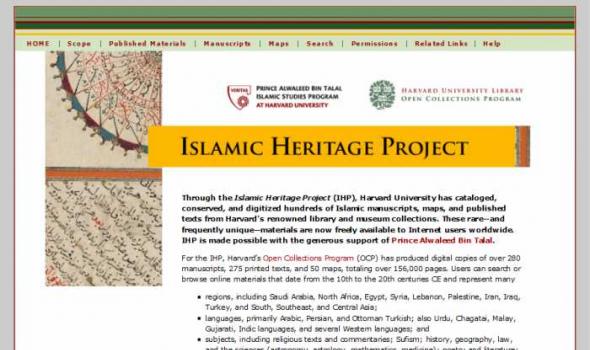Category: Business & Reference, Text, Health, United States
Results
History of Medicine America's Tea Craze . . . from a medical standpoint, our preference is emphatically for coffee. Contrast the vigorous, refreshing odor and flavor of a good cup of coffee with the delicate and insipid taste of even a high grade tea; contrast the clear complexion and physical aspect of the individual whose morning meal is a bowl of diluted coffee and who takes his after-dinner cup, with the nervous, emaciated, habitually constipated dyspeptic whose "eye-opener" and "night cap" is tea, and all reason for argument as to our preference ends . JAMA. 1897 Nov 6;29(19):972 , , , , U.S.
History of Medicine Introduction The National Library of Medicine has recently acquired a large collection of Chinese Public Health materials, about seven thousand items produced from early 20th century to the year of SARS. The collection has a wide range of media presentations: posters, health newsletters, health newspapers, paintings, pharmaceutical advertisements, calendars, children's chess games, jigsaw puzzles on health topics, playing cards on SARS, lantern slides, negatives, photographs, and health award certificates, as well as books and journals. These materials present rich visual representations of public health concerns which were closely tied to the political, social, economic, and even military engagements of China during different time periods.
History of Medicine Chinese medicinal compounds were recorded as early as the Han dynasty, 2,000 years ago. Beginning in the 1880s, Western companies – notably Bayer, Hoechst (now Aventis), and Eli Lilly – challenged traditional medicine with the resources of modern capitalism. In turn, Chinese companies entered the new commercial markets: the Tianjin Pharmaceutical Factory, founded in 1921, used western methods to produce and market traditional Chinese medicines. The sheets shown here advertise a mix of European and Asian products, using ideal feminine and masculine images as well as the Tian An Men (Gate of Heavenly Peace). Ads for progesterone and methyltestosterone show the appeal of potent over-the-counter hormone therapies. 21 April 2010

















